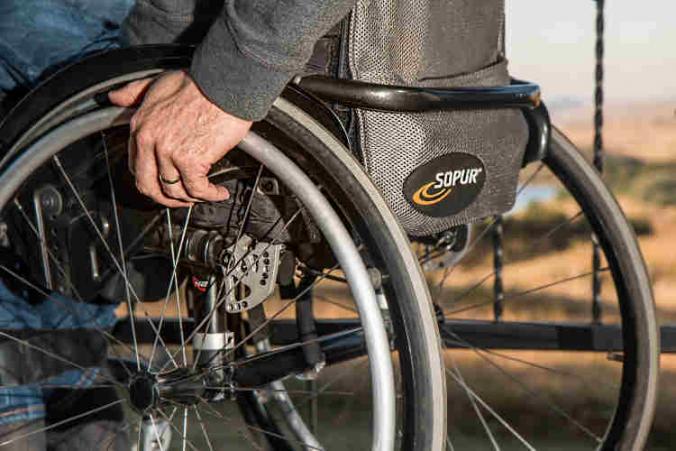The Department of Labor and Industries (L&I) has been working on a new Work Rehabilitation Guideline. The overarching purpose of the guideline is to address physical therapy and occupational therapy in L&I claims.
L&I claim work rehabilitation and utilization review
L&I collaborated with professionals from multiple relevant disciplines to develop the guideline. In fact, they worked with physical therapists, occupational therapists, and vocational counselors. In addition, they collaborated with representatives of the Office of the Medical Director at L&I. The 58-pages guideline draft is currently available on the L&I website.
The goal for the new guideline is to instruct providers and shape the policy for work rehabilitation. Importantly, it’s also intended to improve the L&I claim utilization review process. Personally, I think this new guideline extends L&I’s approach towards more uniform practices across all L&I claim medical providers. Furthermore, it seems to focus on early intervention and return to work (RTW).
Work rehabilitation in L&I occupational therapy
If you have an L&I claim or workers’ compensation claim in Washington State, you might be eligible for work rehabilitation. In general, for eligibility, a work injury claimant must meet the following criteria:
1) The L&I claim attending provider must opine that the work injury claimant is ready to participate in the program.
2) The injured worker must have had at least 2 months of recovery since the injury.
3) The person with the work injury must demonstrate good likelihood of succeeding in the program. Claim managers consider multiple factors when assessing the worker’s likelihood of success. Overall, these factors include vocational issues, behavioral health needs, and support network.
4) The claim administrator must clearly identify a return-to-work goal. Also, the goal has to include an applicable job analysis. Alternatively, it can include a description of job demands.
5) The program intensity has to match the work injury claimant’s individual needs. It must also consider the job demands and the availability of modifications-to-the-job within the labor market.
The new L&I occupational therapy guidelines
From my perspective, this new guideline seems to offer some good improvements. For example, I’m happy to see that L&I is focusing on the specific needs of each injured worker and their return-to-work goal. Previously, similar programs seem to follow a “one-size-fits-all” approach. Now, I genuinely believe that work injury claimants will perform much better because the program addresses their individual needs.
However, I’m concerned that this guideline falls short of meeting the intent and purpose of the Industrial Insurance Act. Specifically when it comes to this part:
“to protect injured workers, to provide them with sure and certain relief for their injuries, and to reduce to a minimum their suffering and economic harm.”
With this in mind, I feel strong disheartening when I read the definition of “work disability” in the draft guideline:
“Work Disability is a concept describing the overall societal context of why workers may have continued disability. This model includes the personal aspects (like physical injury and coping strategies of the worker) and places them within a framework of the larger healthcare, legislative and workplace systems; all of which have impact on the benefits, incentives and decision-making for RTW options. Ultimately, these factors influence the worker to make a decision on when, or if, they RTW. Addressing these factors is part of a worker’s recovery and when particular barriers to recovery are identified, efforts can be made to address and work toward satisfactory solutions. This requires proper messaging from all providers about the nature of work disability and methods to foster patient engagement.”
Concerns and opinion
First, this definition isn’t consistent with the legal definition of total disability. Beyond that, it demonstrates one of the biggest challenges work injury claimants face during L&I claims. Explicitly, having their pain complaints taken seriously. Sure, pain is a subjective complaint. Workers’ compensation laws require at least one objective finding to support the extent of a work injury claimant’s physical disability. However, treatment providers are not required to rely solely on objective findings.
Guidelines like this should do a better job in helping treatment providers understand how to appropriately acknowledge and validate work injury claimant pain complaints. Being in pain doesn’t mean that a person doesn’t want to get back to work. It also doesn’t mean they think of themselves as disabled. Moreover, in my experience, if you treat people after an injury at work as if their pain is driven by disability conviction, return to work avoidance, or secondary gain – that’s the best way to destroy the provider-patient relationship. Consequently, there’s a very good chance that their treatment will fail.


